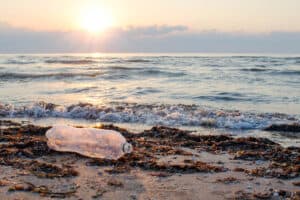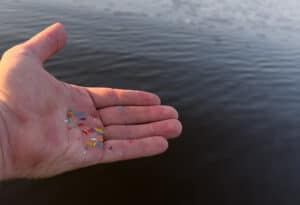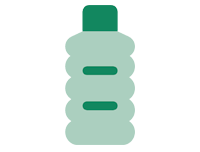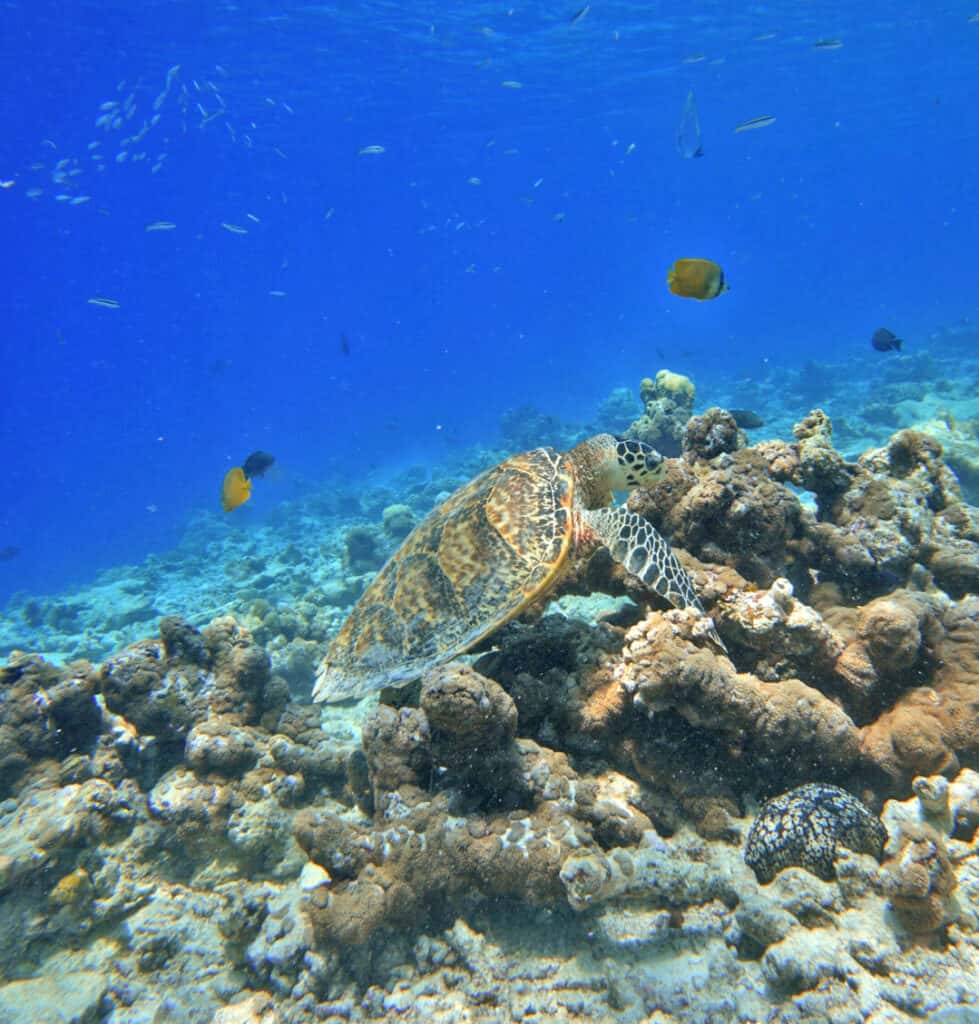Each year millions of tonnes of plastic waste ends up in our oceans, damaging ecosystems, destroying marine life and entering the food chain.
Watching the news and documentaries, and reading about plastic pollution in the press, is highlighting this issue but TDP owners, Rob and Anne, wanted to witness the problems first hand. In 2021 they travelled to Antarctica on a research-gathering expedition particularly the presence of microplastics in the Southern Ocean. They joined geologists, ornithologists, marine biologists and research scientists. In 2022 they visited the Indian Ocean to help marine biologists re-plant coral reefs, and later last year spent 10 days in the Bering sea and the North Pacific, where they witnessed the extent of plastic pollution in the ocean.
Plastic waste comes in all shapes and sizes, littering the oceans and washing up onto beaches. Birds and marine life can become entangled in the larger pieces of plastic, resulting in injury and death. Many creatures swallow the plastic thinking it’s food and, if they’re unable to digest it, will fall ill and could die.


In addition to the waste that is easily visible, there is also an ever increasing amount of plastic which has been broken down into numerous tiny pieces over time, creating an altogether bigger problem. In fact some of these microplastics are so small that they can make their way into the water cycle through evaporation. Being so small means the microplastics are difficult to remove, making any clean up operations much more challenging. Worryingly, microplastics have also found their way into the food chain and into the food we eat. Tiny fragments are eaten by plankton, which are then eaten by small fish, which are then eaten by larger fish until those same tiny fragments are ingested by humans. Microplastics also act as a magnet for hydrophobic chemical pollutants. Not liking water, these chemicals will attach themselves to the surface of the microplastics.
Plastic waste is a toxic legacy that will be in our oceans for hundreds of years but we can help to prevent further waste from finding its way into our oceans through responsible recycling and manufacturing.
So far TDP has saved over 4,350 tonnes of recycled plastic waste from ending up in landfill and our oceans with its sustainable approach to manufacturing. Ourhe multi award winning business is part of the “circular economy”, which means that instead of using then discarding materials and resources, they are instead kept within the value chain through sharing, leasing, reusing, repairing, refurbishing and recycling existing materials and products for as long as possible, which also helps to avoid marine pollution.
Our products offer a sustainable solution by reducing waste, as the items are constructed from lengths of profiles made completely from recycled plastic – our most popular bench, the Dale 1.5m, saves 7373 plastic bottles from ending up in landfill or our oceans.
Sturdy, long-lasting and looking just like their wooden counterparts, whilst providing an environmentally-friendly alternative to timber, the recycled plastic garden furniture lasts for years without the need for harsh chemicals including paints and preservatives, meaning it’s better for the planet all round.
TDP’s furniture also tells the story of plastic waste, the harm it is doing to our oceans, and how it can be transformed into materials that are not only being reused but used in such a way that guarantees longevity and sustainability by bringing plastic waste back into the value chain. It’s a story that Rob and Anne are also telling, drawing on their citizen science trips and the need to protect our planet.
In part 2, find out about the different ways we can help to recycle and reduce the amount of plastic waste ending up in landfill and our oceans.





